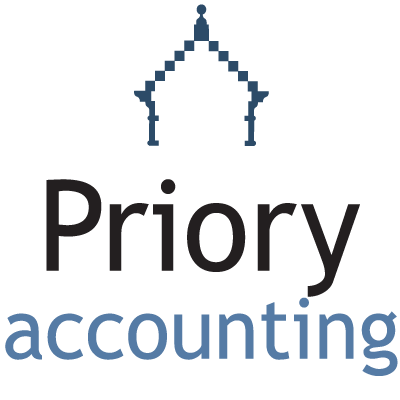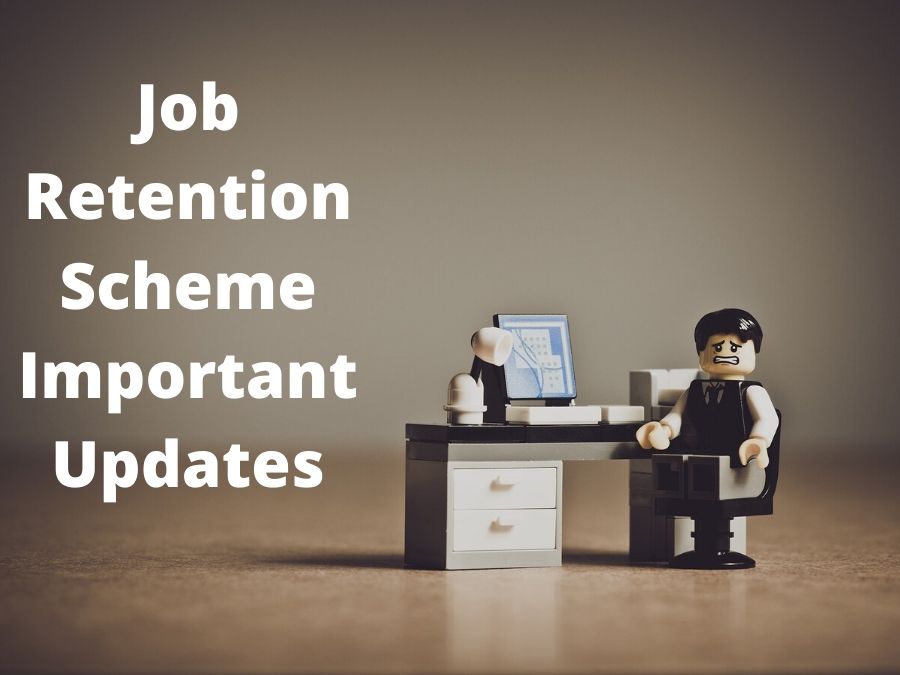CJRS Update May 29
On 29 May the Chancellor, Rishi Sunak, announced more details about the extension of the Coronavirus Job Retention Scheme (CJRS) and the Self-Employment Income Support Scheme,
Coronavirus Job Retention Scheme
The Chancellor has announced three changes to the job retention scheme:
- From 1 July 2020, the scheme will be made more flexible to enable employers to bring previously furloughed employees back part time and still receive a grant for the time when they are not working.
- From 1 August 2020, employers will have to start contributing to the wage costs of paying their furloughed staff and this employer contribution will gradually increase in September and October.
- The scheme will close to new entrants from 30 June.
1. Part time furloughing
From 1 July 2020, businesses using the scheme will have the flexibility to bring previously furloughed employees back to work part time – with the government continuing to pay 80% of wages for any of their normal hours they do not work up until the end of August. This flexibility comes a month earlier than previously announced to help people get back to work.
Employers will decide the hours and shift patterns their employees will work on their return, and will be responsible for paying their wages in full while working. This means that employees can work as much or as little as the business needs, with no minimum time that they can furlough staff for.
Any working hours arrangement agreed between a business and their employee must cover at least one week and be confirmed to the employee in writing. When claiming the CJRS grant for furloughed hours, they will need to report and claim for a minimum period of a week. They can choose to make claims for longer periods such as on monthly or two weekly cycles if preferred. Employers will be required to submit data on the usual hours an employee would be expected to work in a claim period and actual hours worked.
If employees are unable to return to work, or employers do not have work for them to do, they can remain on furlough and the employer can continue to claim the grant for their full hours under the existing rules.
2. Employer contributions
From August, the government grant provided through the job retention scheme will be slowly tapered.
- in June and July, the government will pay 80% of wages up to a cap of £2,500 as well as employer National Insurance (ER NICs) and pension contributions for the hours the employee doesn’t work – employers will have to pay employees for the hours they work
- in August, the government will continue to pay 80% of wages up to a cap of £2,500 but employers will pay ER NICs and pension contributions – for the average claim, this represents 5% of the gross employment costs that they would have incurred if the employee had not been furloughed
- in September, the government will pay 70% of wages up to a cap of £2,187.50 for the hours the employee does not work – employers will pay ER NICs, pension contributions and 10% of wages to make up 80% of the total up to a cap of £2,500
- in October, the government will pay 60% of wages up to a cap of £1,875 for the hours the employee does not work – employers will pay ER NICs, pension contributions and 20% of wages to make up 80% of the total up to a cap of £2,500
- the cap on the furlough grant will be proportional to the hours not worked.
Many smaller employers have some or all of their employer NIC bills covered by the Employment Allowance so will not be significantly impacted by that part of the tapering of the government contribution.
Around a quarter of CJRS monthly claims relate to wages that are below the threshold where employer NICs and auto enrolment contributions are due, and so no employer contribution will be required for these furloughed employees in August.
3. Important dates
It’s important to note that the scheme will close to new entrants from 30 June. From this point onwards, employers will only be able to furlough employees that they have furloughed for a full three-week period prior to 30 June.
This means that the final date by which an employer can furlough an employee for the first time will be 10 June for the current three-week furlough period to be completed by 30 June. Employers will have until 31 July to make any claims in respect of the period to 30 June.
Guidance and support
Further support for employers on how to calculate claims with this extra flexibility will be available by 12 June, including webinars and detailed online guidance. For information about how to claim, go to GOV.UK and search 'Coronavirus Job Retention Scheme'.
Self-Employment Income Support Scheme
The Chancellor also announced plans to extend the Self-Employment Income Support Scheme (SEISS) for those people whose trade continues to be, or is newly, adversely affected by COVID-19 (coronavirus). Eligible self-employed people will be able to claim a second and final SEISS grant in August; this will be a taxable grant worth 70% of their average monthly trading profits for three months, paid out in a single instalment and capped at £6,570 in total.
The eligibility criteria for the second grant will be the same as for the first grant. People do not need to have claimed the first grant to claim the second grant: for example, their business may have been adversely affected by COVID-19 (coronavirus) more recently.
Claims for the first SEISS grant, which opened on 13 May, must be made no later than 13 July. Eligible self-employed people must make a claim before that date to receive the first SEISS grant (a taxable grant of 80% of their average monthly trading profits, paid out in a single instalment covering 3 months' worth of profits, and capped at £7,500 in total).
It's really important to note that as with the first SEISS grant, the eligible individual must make the claim themselves. The claims process is simple: HMRC will calculate the amount of self-employment support individuals will receive, they don’t need to do this themselves.
More information about the second SEISS grant will be available on GOV.UK on 12 June.




